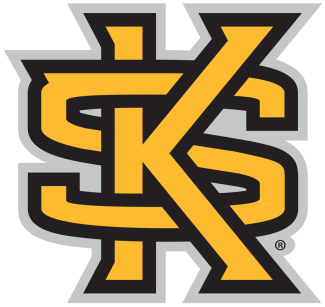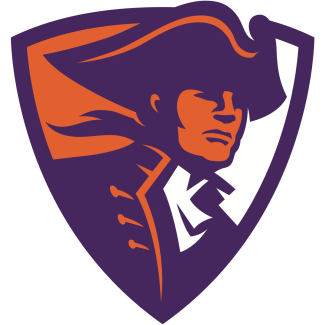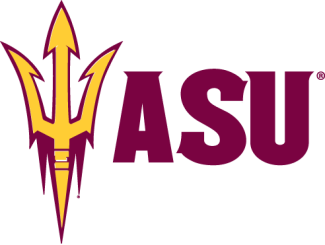The buzz surrounding Myles Jones heading into the 2016 MLL draft was palpable.
The draft was held in January, prior to the start of Jones’ senior year at Duke. Jones was already a two-time USILA All-America selection coming off a 77-point junior season (40 goals, 37 assists). The expansion Atlanta Blaze held the top pick, and Jones, who called himself a “super competitor,” said he strived to be the best player.
After the team selected him, then-owner Peter Trematerra issued a statement in a press release saying, “The Atlanta Blaze is thrilled to welcome Myles Jones to our team. Myles is an outstanding lacrosse player and a proven winner. Players like Myles do not come along every day, and it was a unanimous decision by our organization to select Myles number one in our first-ever MLL Collegiate Draft.”
That sentiment was echoed by then-head coach John Tucker in the same release:
“We are excited to be able to add a player like Myles Jones to the Atlanta Blaze. Myles is not only an outstanding lacrosse player but an outstanding person. Myles has had a great career at Duke University, and we look for great things to come with him in a Blaze uniform as we enter our inaugural season in the MLL.”
It wasn’t long, though, before the excitement from the front office and the shared feelings about Jones wavered.
Jones made an immediate impact, scoring two goals and adding an assist in his professional debut. He expressed interest to management that he would move to Atlanta to be in-market and help with promoting the team in the community.
He would only play one more game for Atlanta. A few days after Atlanta’s loss to New York, the team traded Jones and a 2017 second-round pick to the Chesapeake Bayhawks for Matt Mackrides and a 2017 first-round draft pick.
“I went to Warrior. I flew to Detroit. I was still figuring out my sponsorship deals, and then I remember landing home in New York, and I was going home to New York to pack up my stuff,” he said. “I had a phone call from Coach Tucker and a voicemail, and I had two voicemails from numbers I didn’t have saved in my phone. They were Maryland numbers. I didn’t think much of it. I listened to the voicemail. Coach Tucker called me and said, ‘Hey, Myles, I want to talk to you about something that transpired this morning. Give me a call back when you get the chance.’ I was like, ‘Whatever.’”
He didn’t check the other voicemails. He called Tucker back, who informed him he was traded to the Bayhawks, and Jones said he was told they thought he would be “a better fit” there. Jones admitted he was shocked.
Thinking about the comment about being a fit, Jones imagined the trade happened because the team had too many players in a similar ball-carrier role, namely attackman Kevin Rice, and that the team stuck with a player with a more proven track record and sent away the player with a higher trade value. In the years after, he never got a true answer as to why the deal happened.
“Every time I had an encounter with somebody who could have been responsible for the trade, whether it was the head coach, assistant coach, owner, everybody was like, ‘Oh, it wasn’t me who decided it,’” he said. “It was just funny how everybody would say, ‘It wasn’t me. It was so-and-so.’ I ran into that person, and they’d say, ‘Hey, I just want to let you know, it wasn’t me. It was this person.’ I ran into that person, and they’d say, “Hey, it wasn’t me. I’ll do anything to get you back on the team.’ At that point, I was like, it's behind me and onto better things.”
Jones was excited to play for the Bayhawks, with whom he would team up with former first overall selection Joe Walters, as well as All-Stars Brendan Mundorf and Matt Danowski.
He finished the season third on Chesapeake in points (34) behind only Walters and Mundorf despite playing in only nine games. He would go on to play in one MLL All-Star Game in 2017 and two PLL All-Star Games in 2019 and 2021.
“I was fueled,” Jones said. “Being traded gave me that motivation. I had a really good rookie season. … I was playing really well. I won some games for our team. I hit big shots. I really found my groove and developed really good chemistry with Joe Walters, really good chemistry with a lot of guys. I became a vocal part of the team.”
Despite the trade by Atlanta, something many are still baffled by, the top picks in professional field lacrosse drafts typically go on to have strong careers, if not legendary ones. Of the first 19 players selected first overall in the MLL draft (the 20th player, TD Ierlan, who was picked first by the New York Lizards in 2020, never played in the league, opting to play in the PLL instead), five players won seven MLL MVP awards (Rabil and Schreiber won the award twice). They combined to win seven Offensive Player of the Year awards.
Fourteen of the 20 top picks in the MLL draft would play in at least one MLL All-Star game, while two others — Baptiste and Ierlan — would eventually play as All-Stars in the PLL (Baptiste played in the 2018 MLL All-Star Game but did so as a member of the U.S. men’s national team). Five MLL top picks — Mikey Powell, Kevin Crowley, Pannell, Jones and Molloy — won All-Star Game MVP.


























































